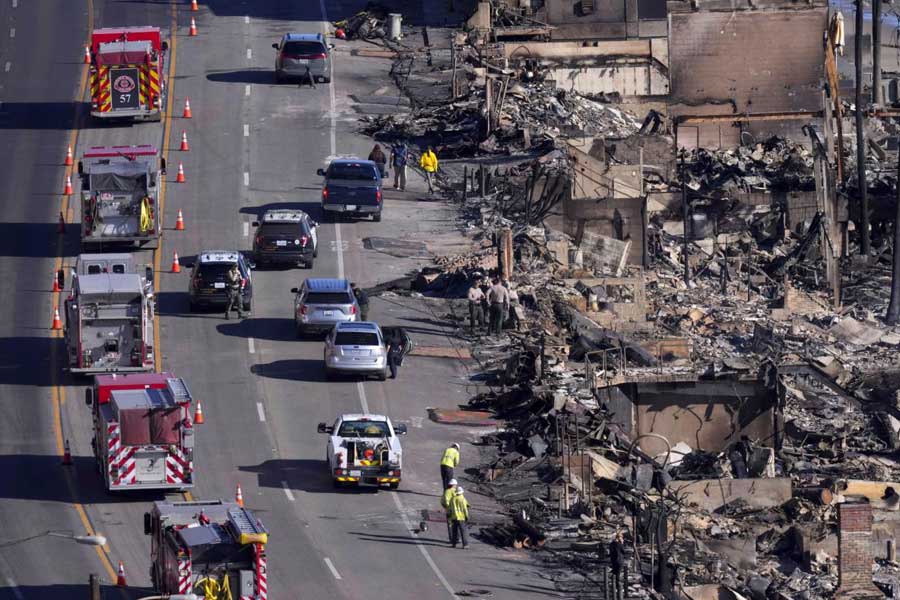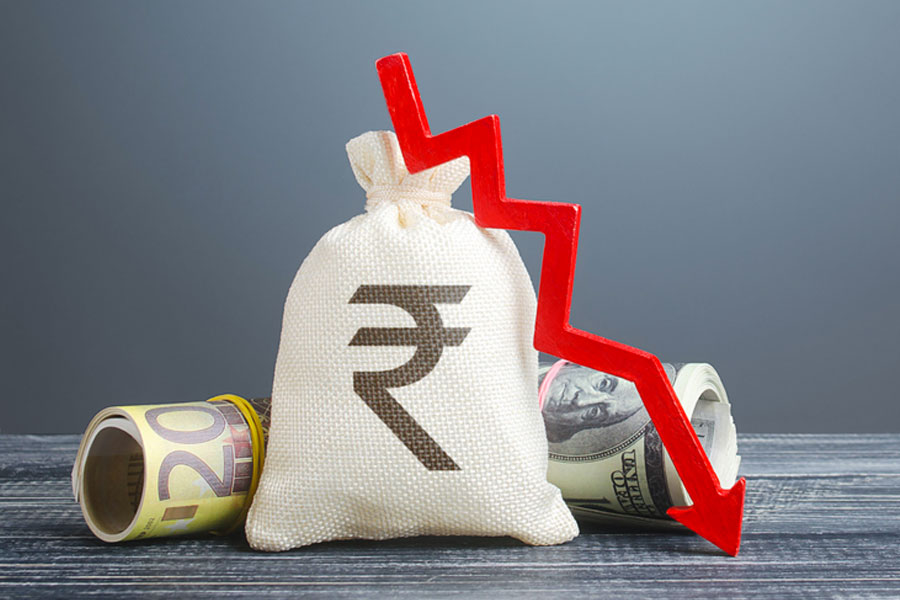As college students and professors decide whether to head back to class, and as universities weigh how and whether to reopen, the coronavirus is already on campus.
A New York Times survey of every public four-year college in the country, as well as every private institution that competes in Division I sports or is a member of an elite group of research universities, revealed at least 6,300 cases tied to about 270 colleges over the course of the pandemic. And the new academic year has not even begun at most schools.
Outbreaks have emerged on Greek Row this summer at the University of Washington, where at least 136 residents were infected, and at Harris-Stowe State University in St Louis, where administrators were re-evaluating their plans for autumn after eight administrative workers tested positive.
The virus has turned up in a science building at Western Carolina, on the football team at Clemson and among employees at the University of Denver.
At Appalachian State in North Carolina, at least 41 construction workers have tested positive while working on campus buildings. The Times has identified at least 14 coronavirus-related deaths at colleges.
There is no standardised reporting method for coronavirus cases and deaths at colleges, and the information is not being publicly tracked at a national level. Of nearly 1,000 institutions contacted by The Times, some had already posted case information online, some provided full or partial numbers and others refused to answer basic questions, citing privacy concerns. Hundreds of colleges did not respond at all.
Still, the Times survey represents the most comprehensive look at the toll the virus has already taken on the country’s colleges and universities.
Coronavirus infections on campuses might go unnoticed if not for reporting by academic institutions themselves because they do not always show up in official state or countywide tallies, which generally exclude people who have permanent addresses elsewhere, as students often do.
The Times survey included four-year public schools in the US, some of which are subject to public records laws, that are members of the Association of American Universities or that compete at the highest level of college sports. It has not yet expanded to include hundreds of other institutions, including most private schools and community colleges, where students, faculty and staff are struggling with the same difficult decisions.
Among the colleges that provided information, many offered no details about who contracted the virus, when they became ill or whether a case was connected to a larger outbreak.
It is possible that some of the cases were identified months ago, in the early days of the outbreak in the US before in-person learning was cut short, and that others involved students and employees who had not been on campus recently.
This data, which is almost certainly an undercount, shows the risks colleges face as they prepare for a school year in the midst of a pandemic. But because universities vary widely in size, and because some refused to provide information, comparing case totals from campus to campus may not provide a full picture of the relative risk.
What is clear is that despite months of planning for a safe return to class, and despite drastic changes to campus life, the virus is already spreading widely at universities.
Some institutions, like the California State University system, have moved most autumn classes online. Others, including those in the Patriot League and Ivy League, have decided to not hold autumn sports.
But many institutions still plan to welcome freshmen to campus in the coming days, to hold in-person classes and to host sporting events.
At the University of Texas at Austin, where more than 440 students and employees have tested positive since the spring, in-person classes will be capped at 40 per cent of capacity and final exams will be taken online.











